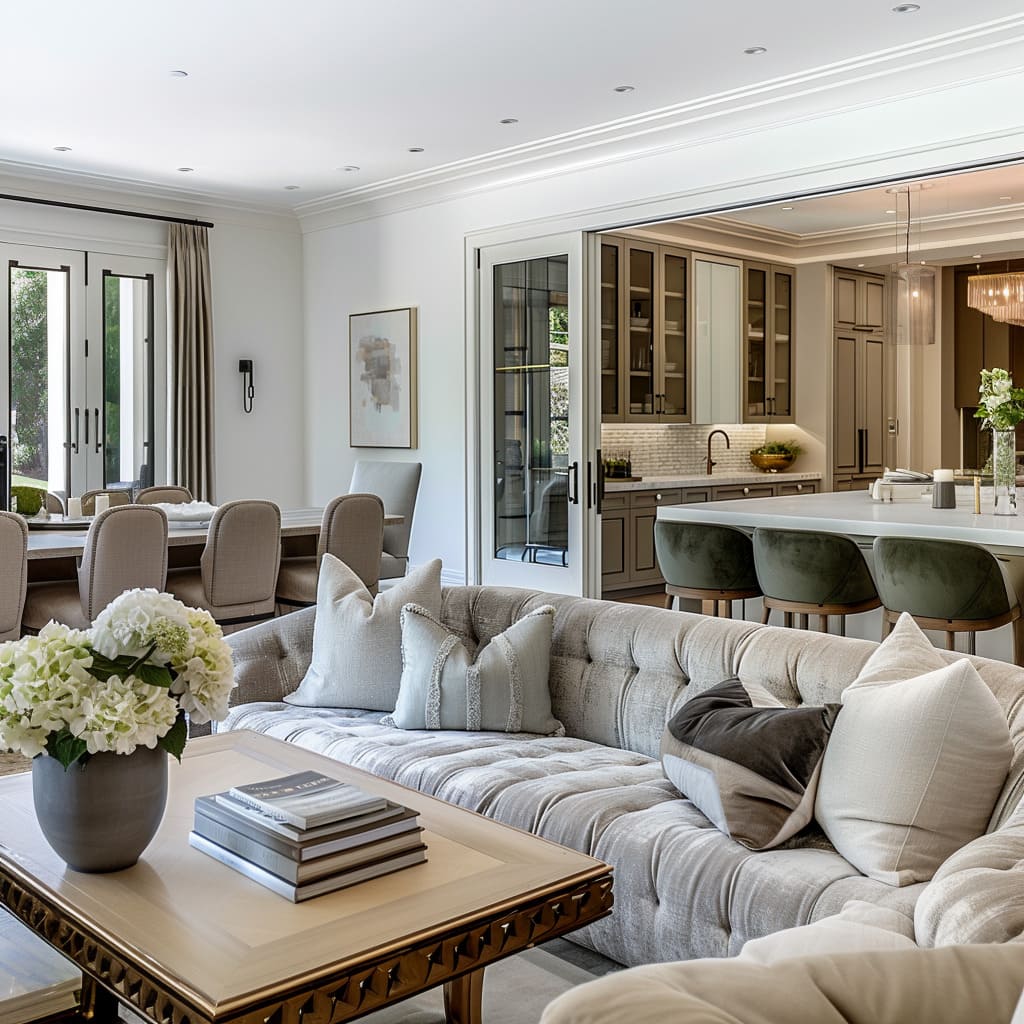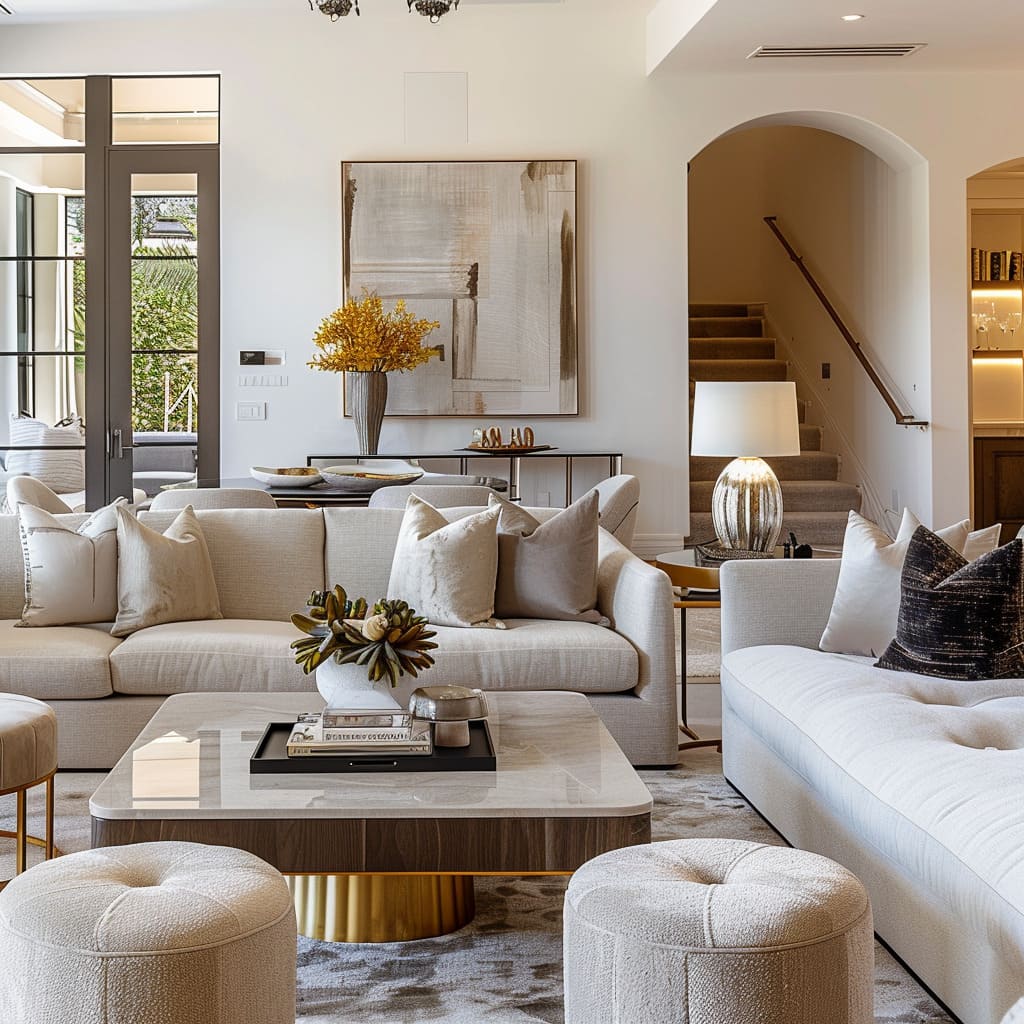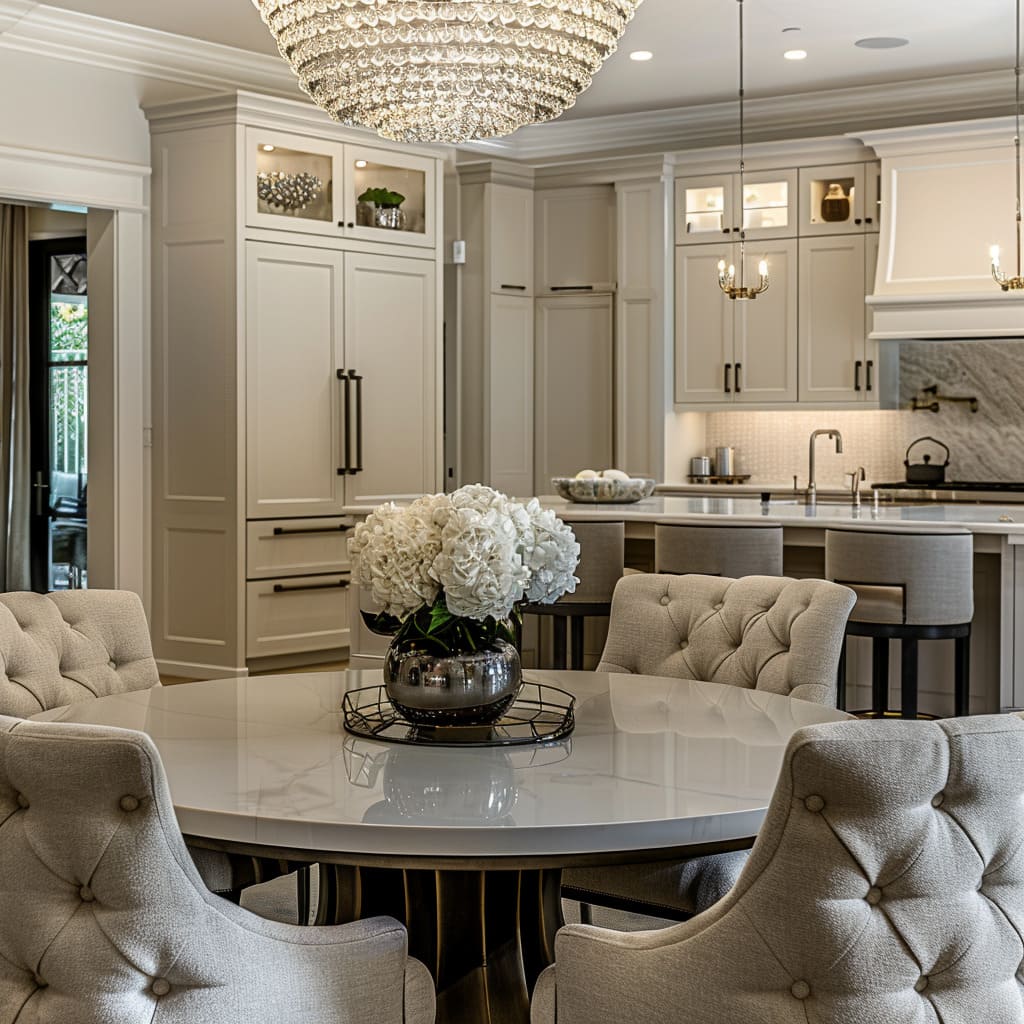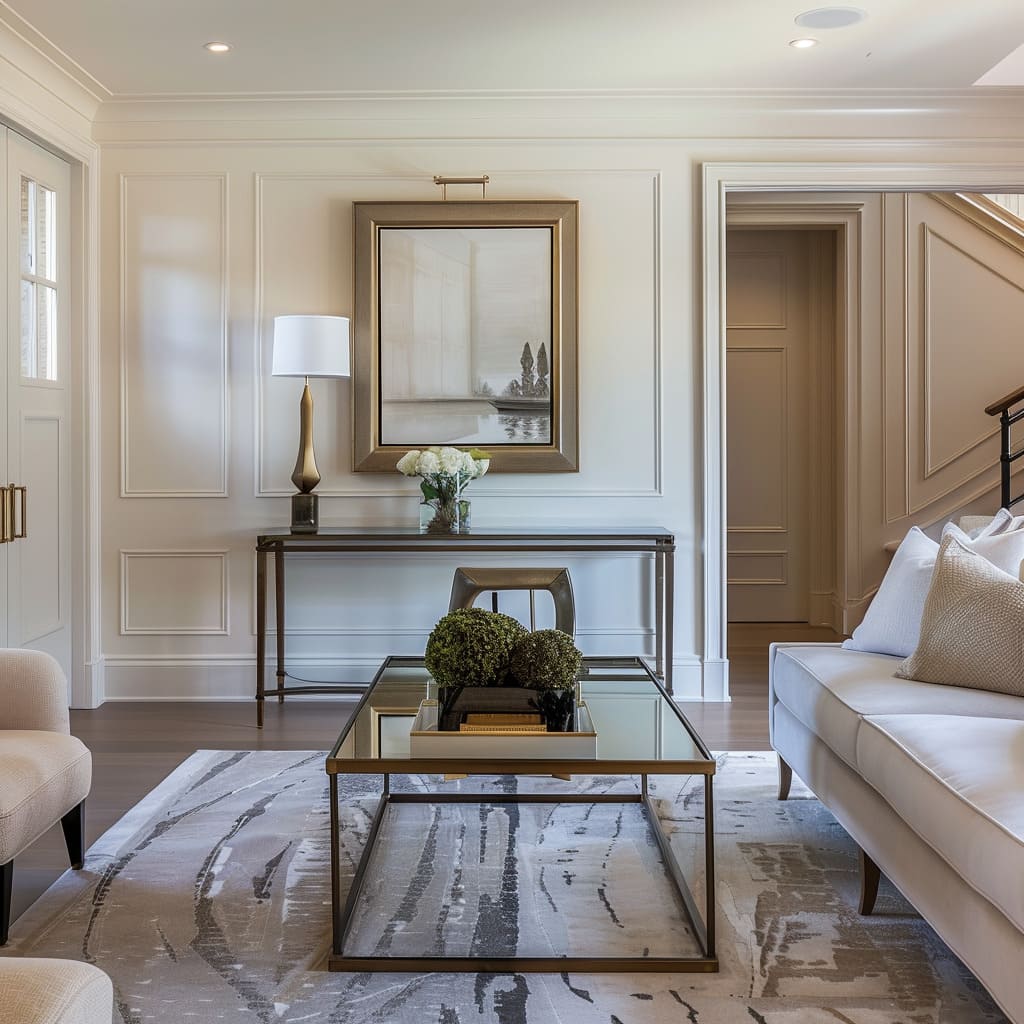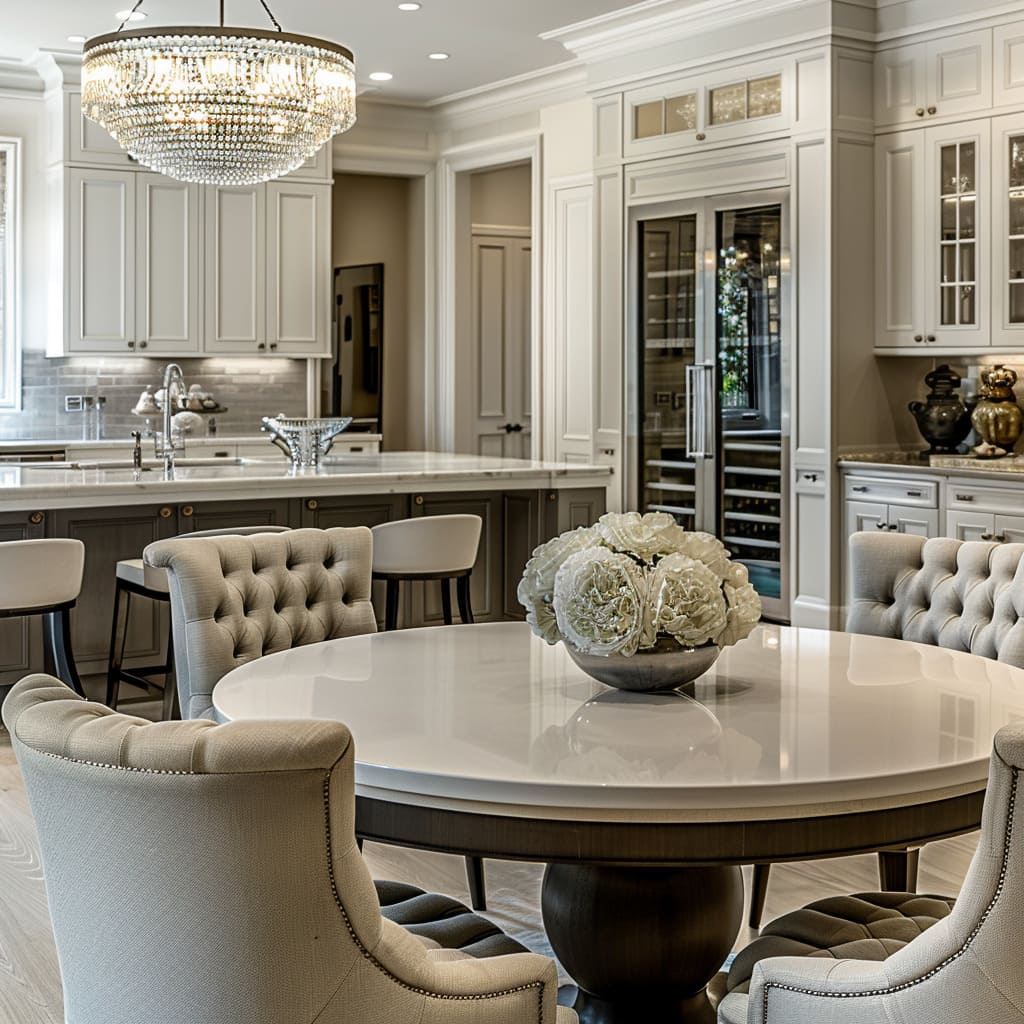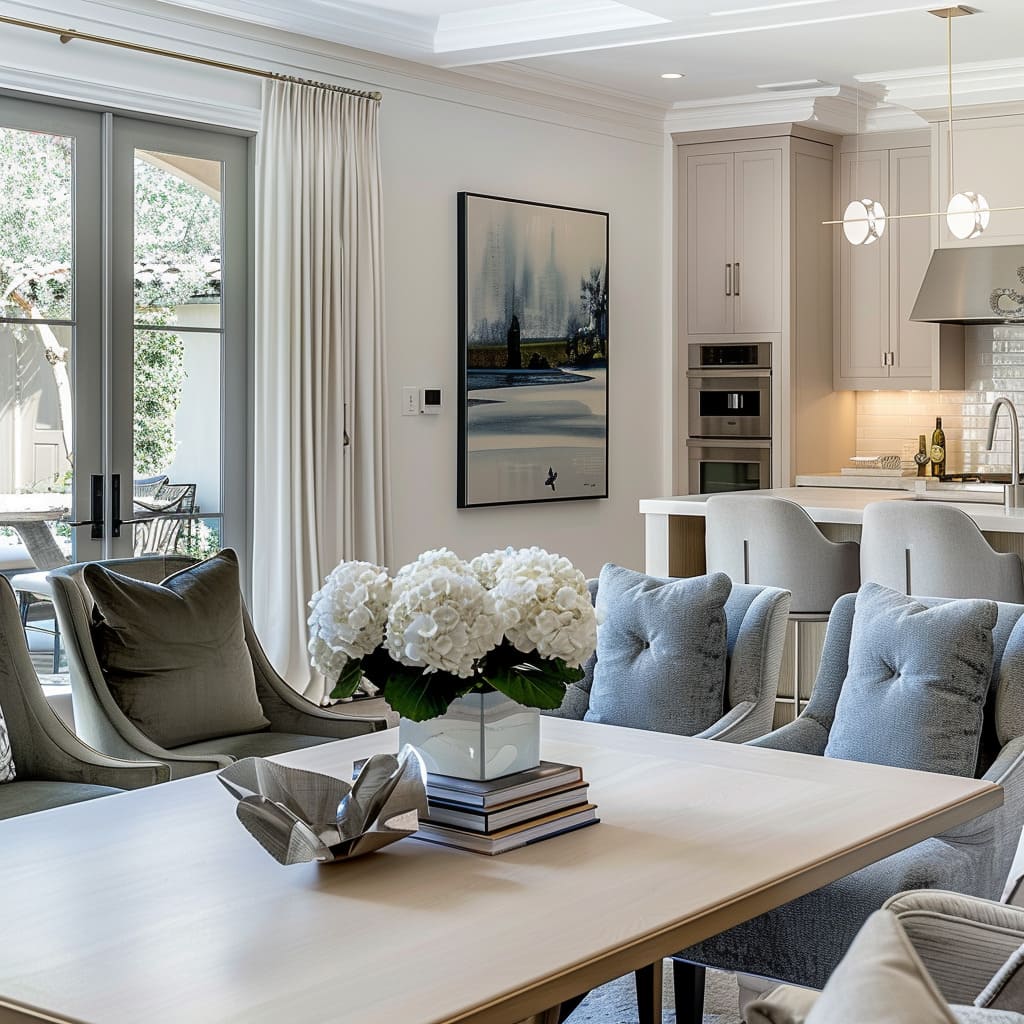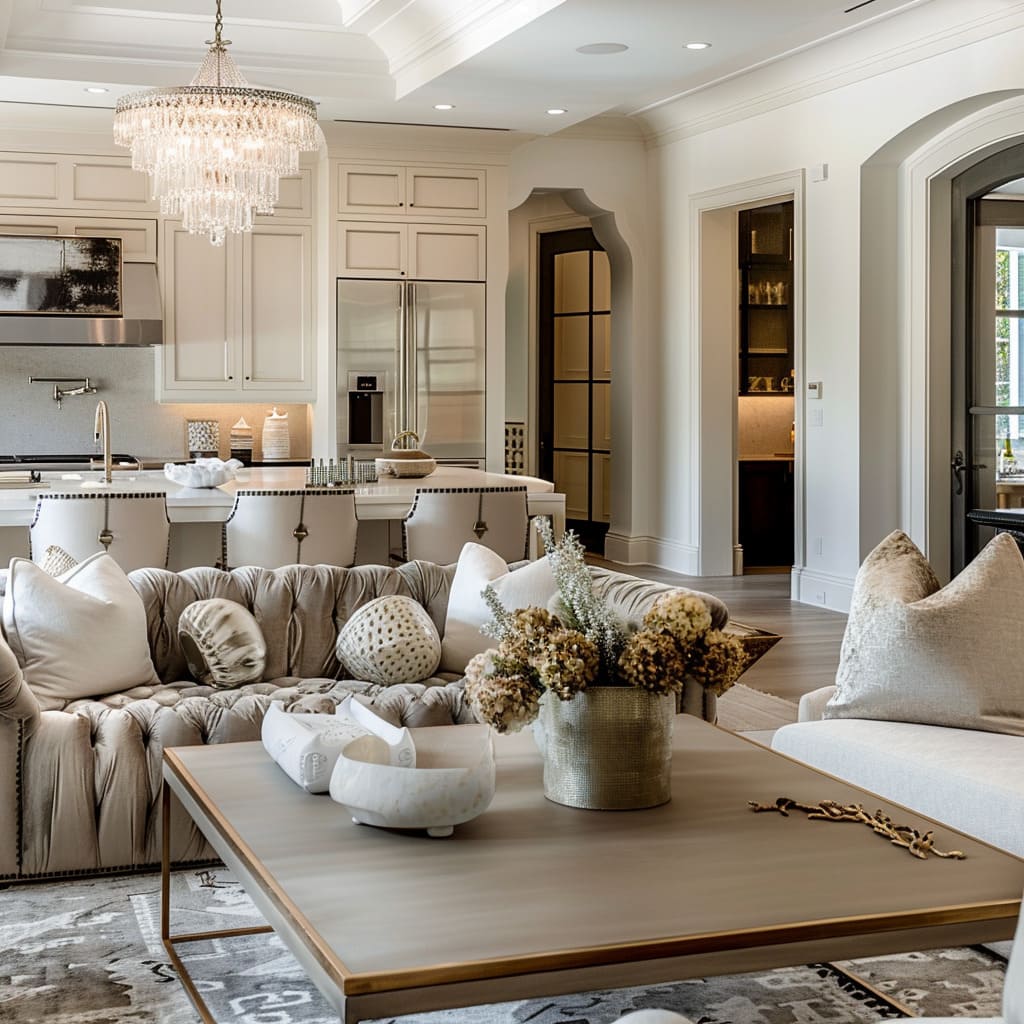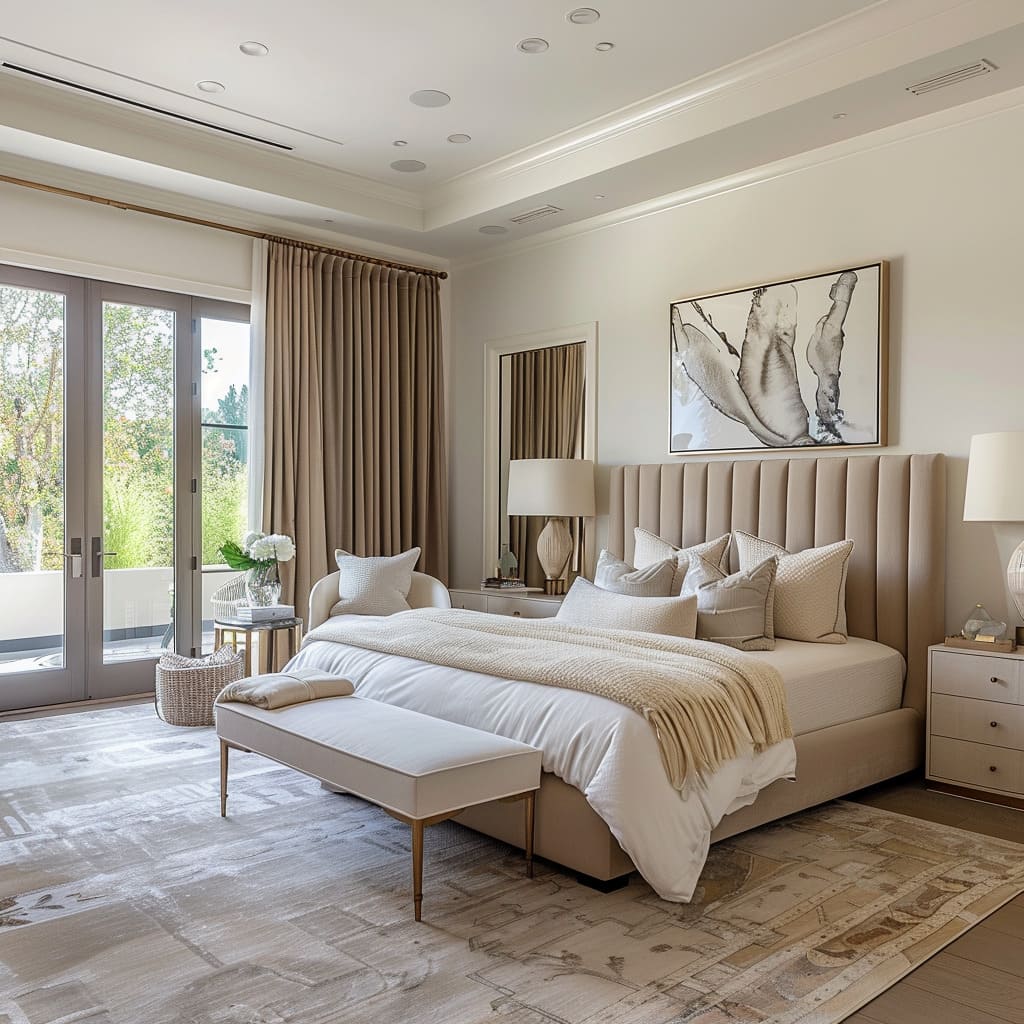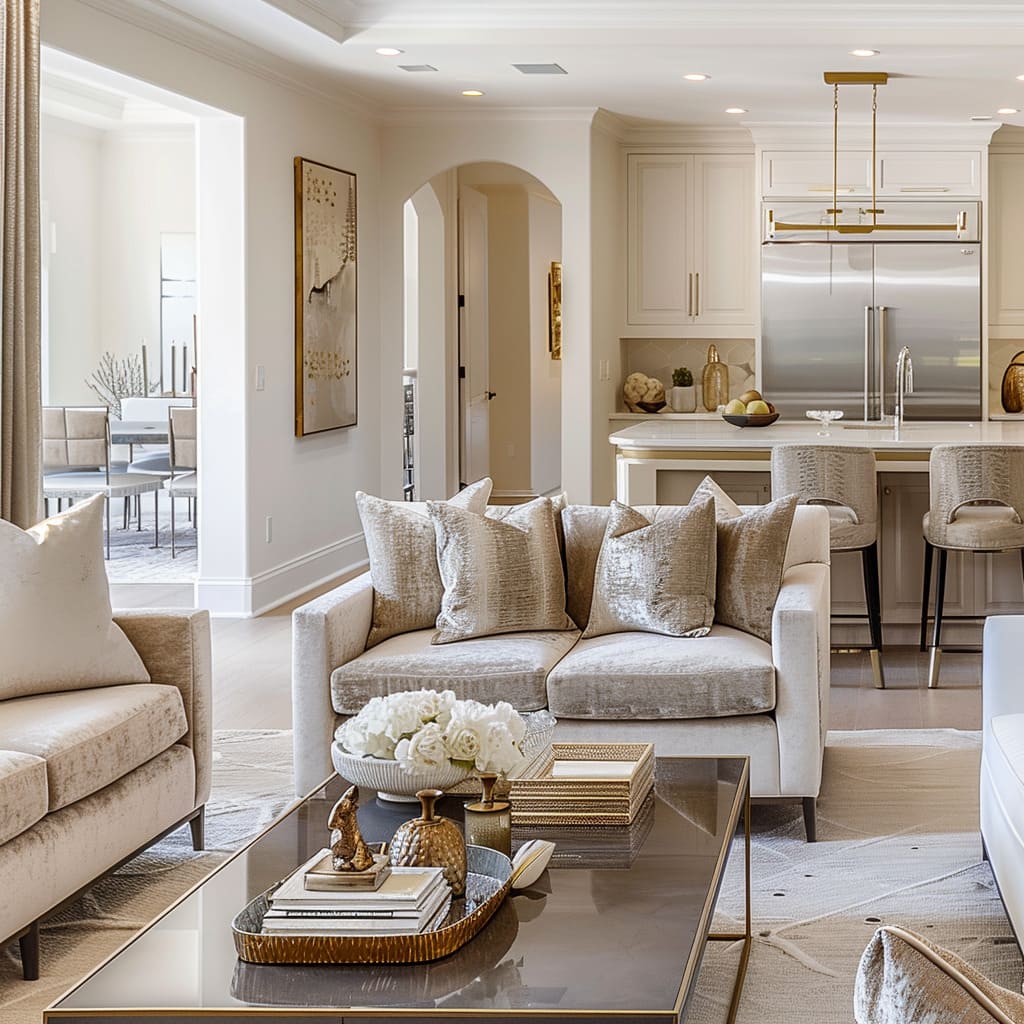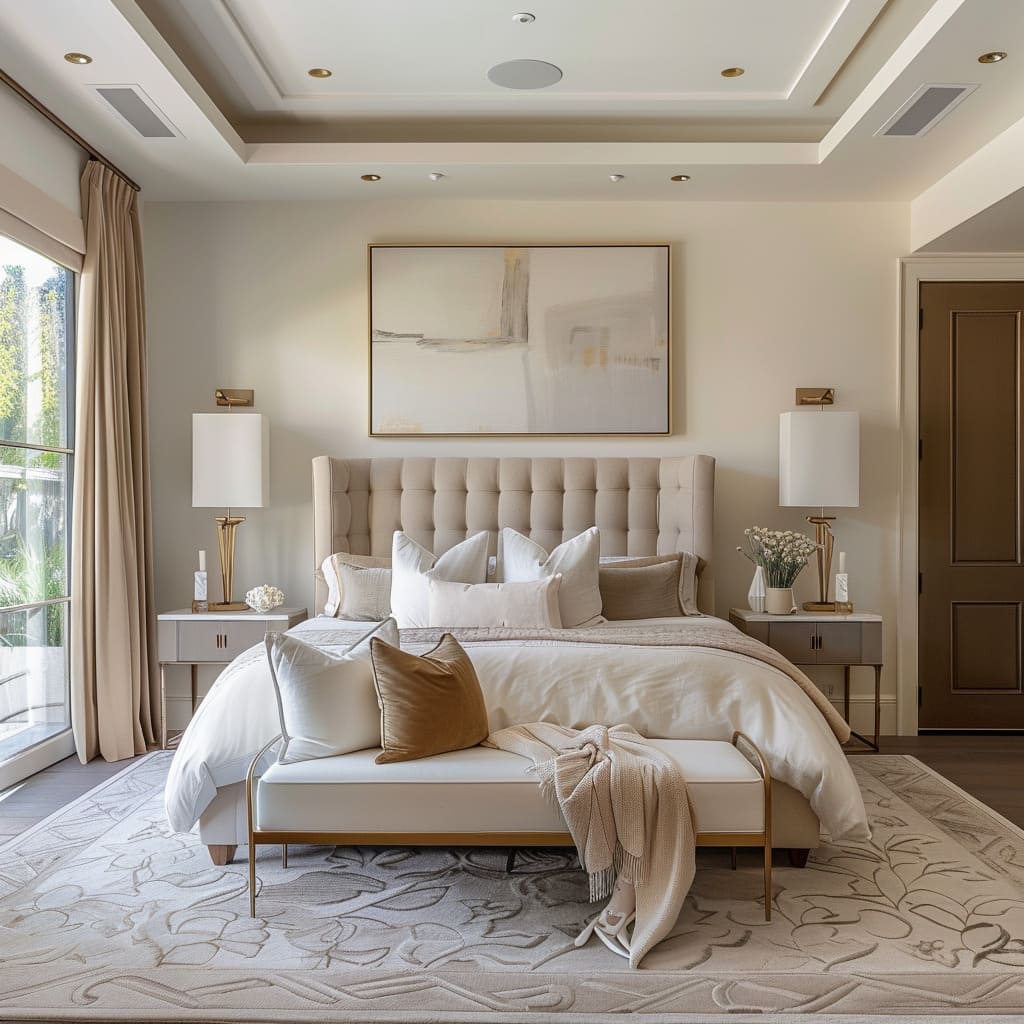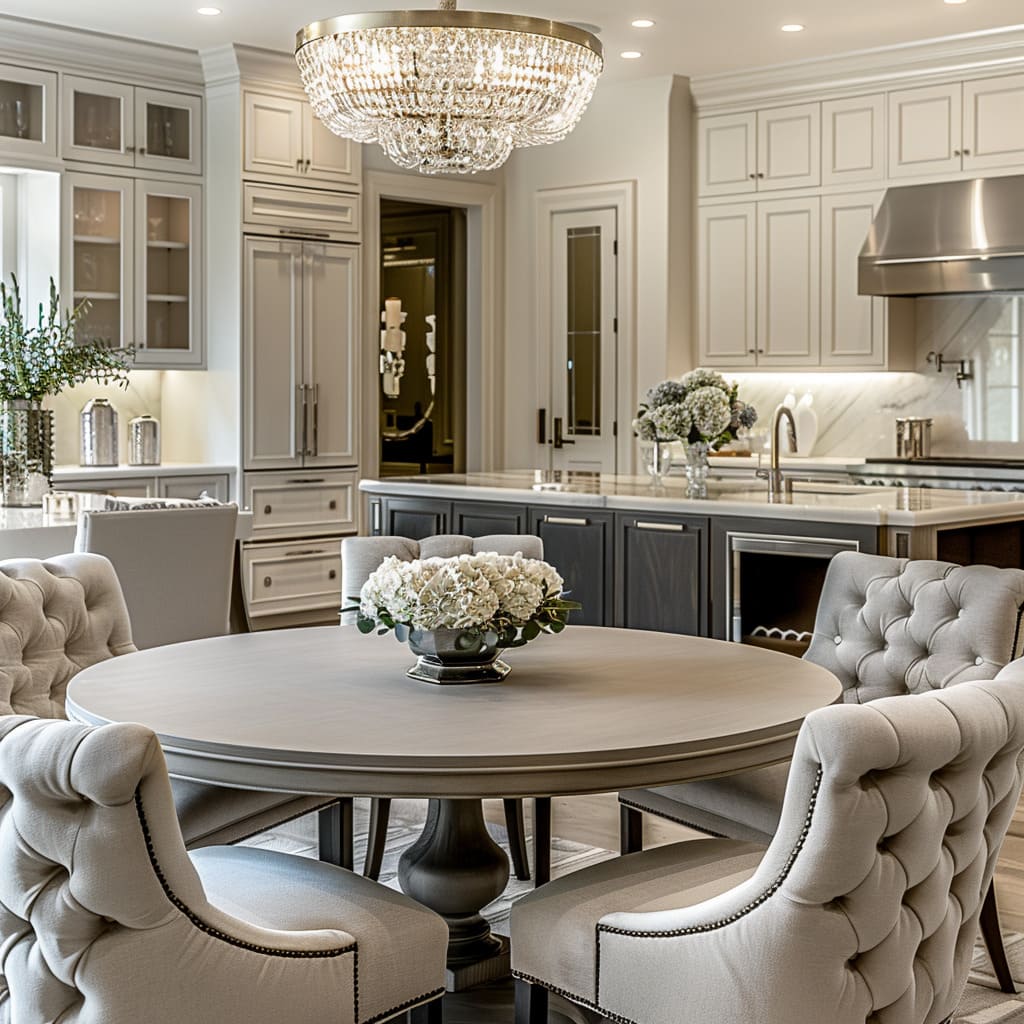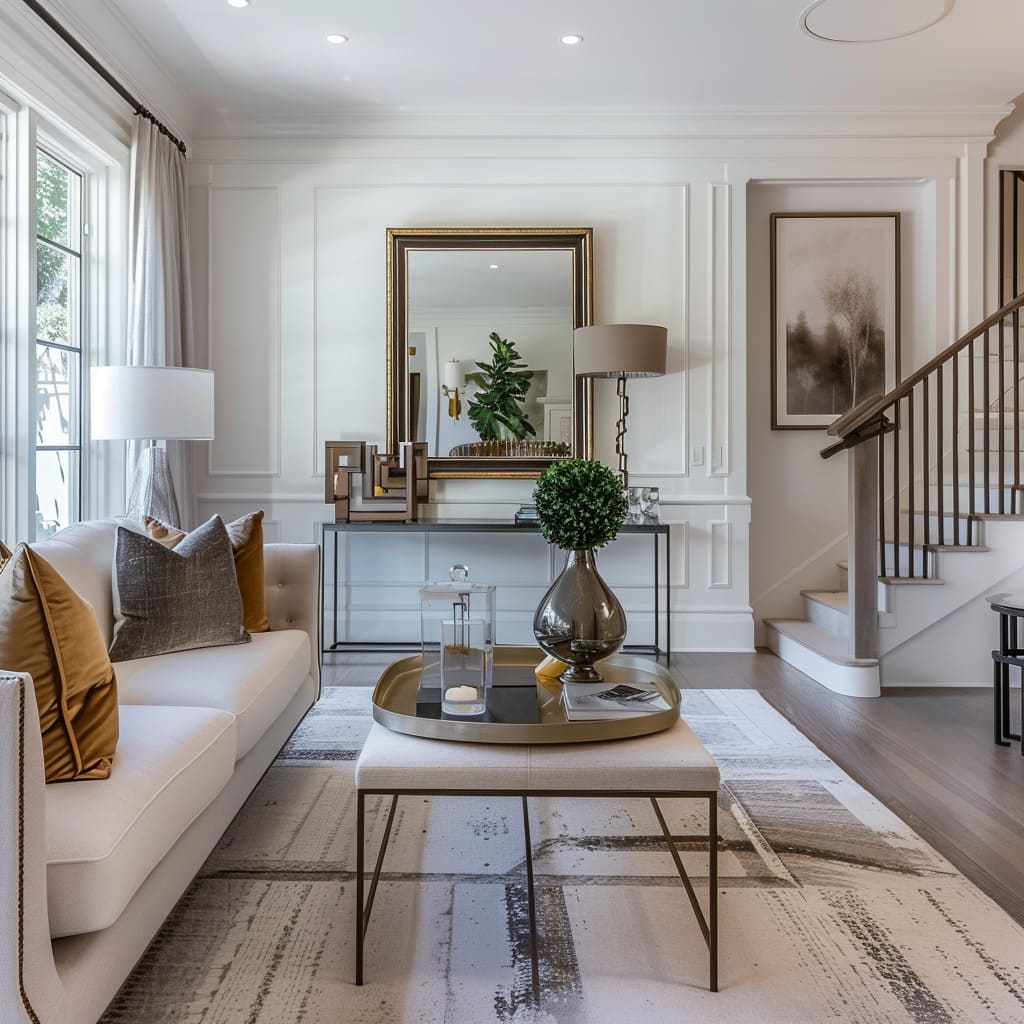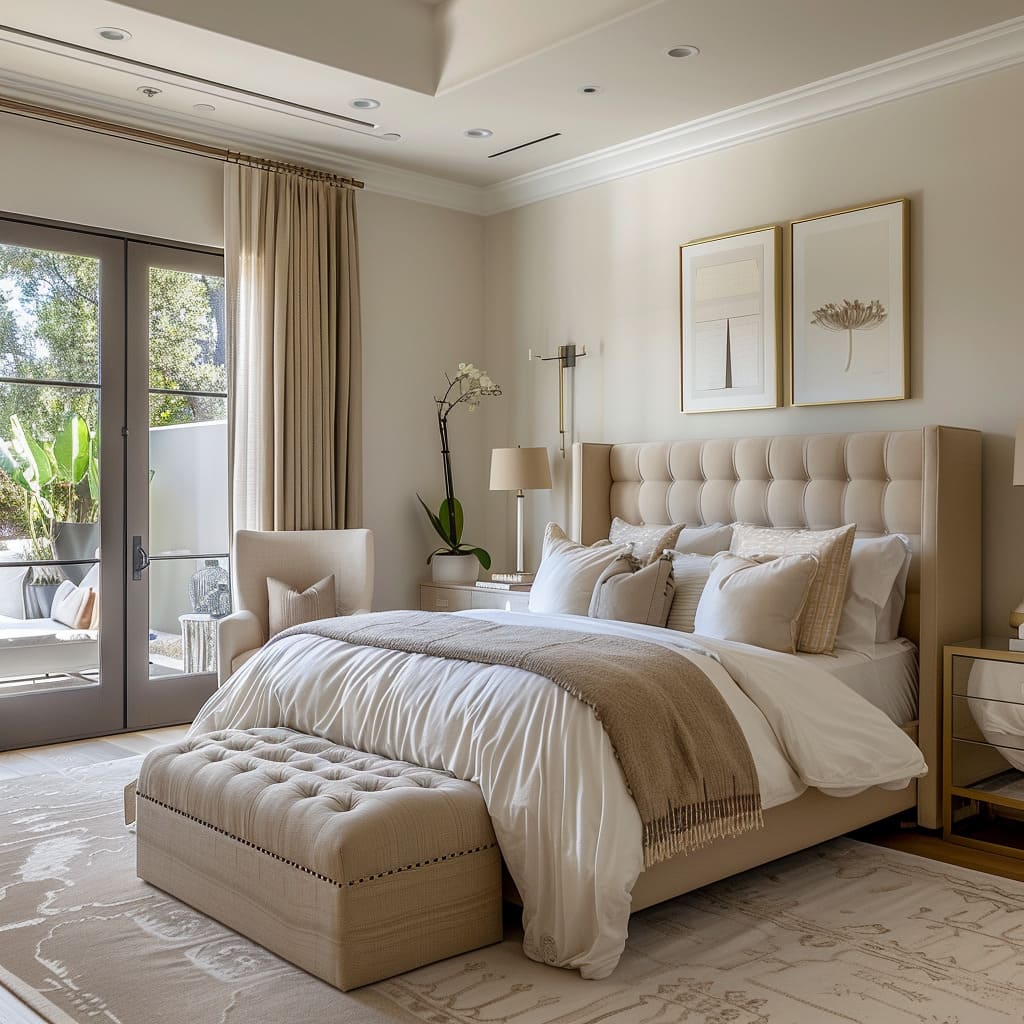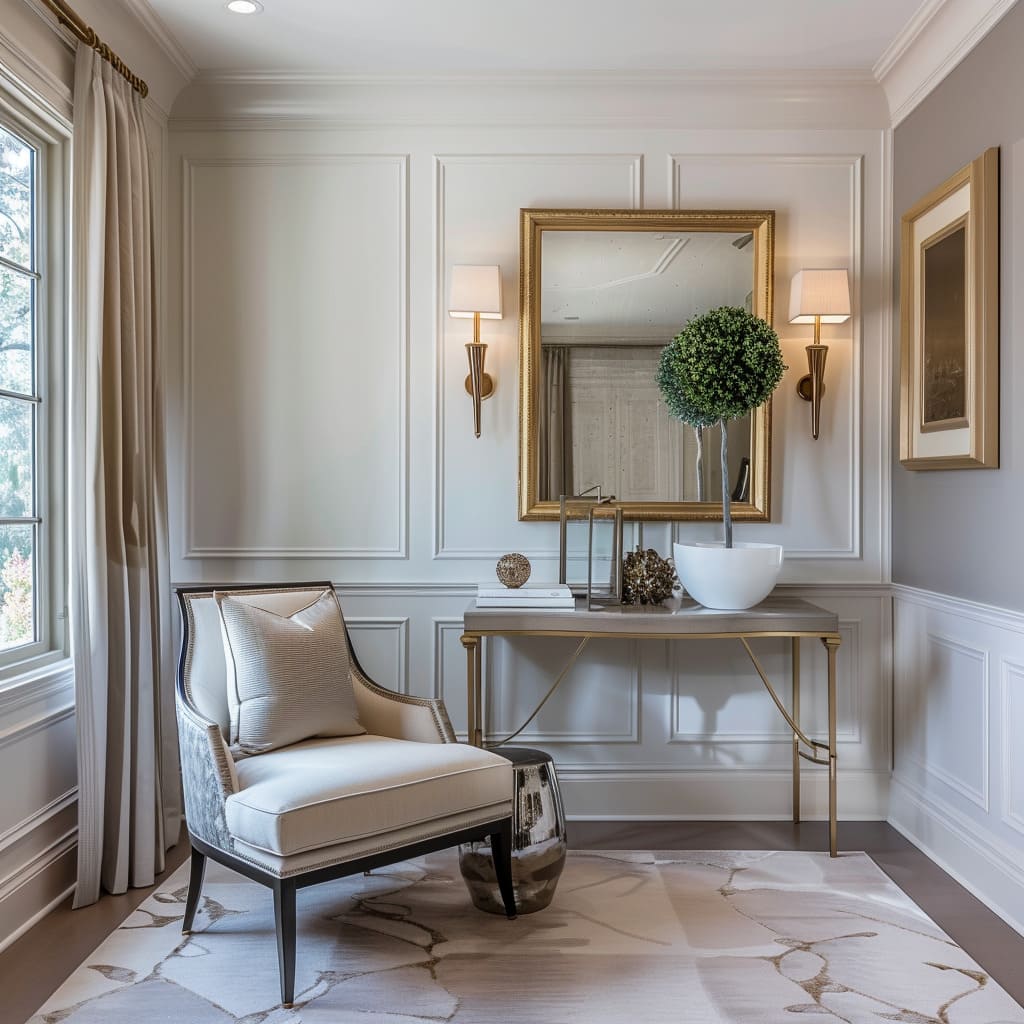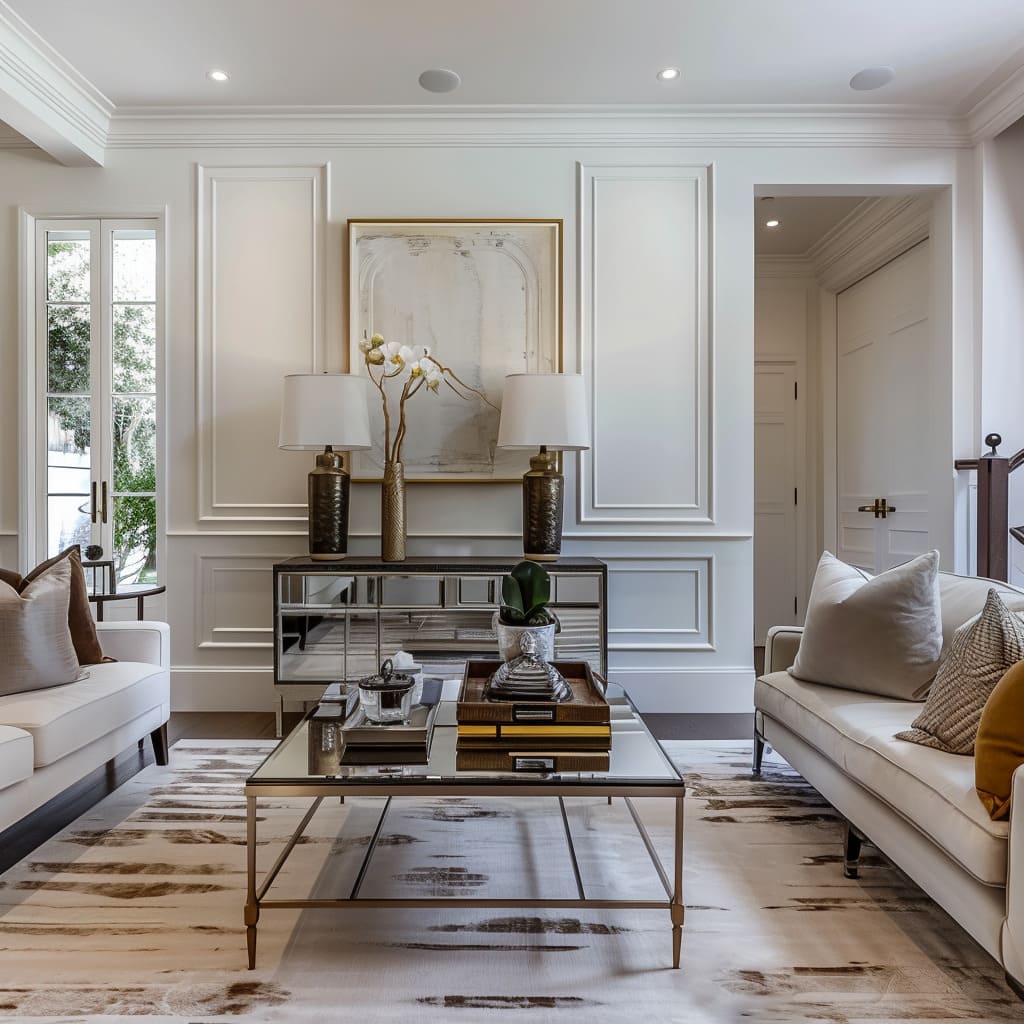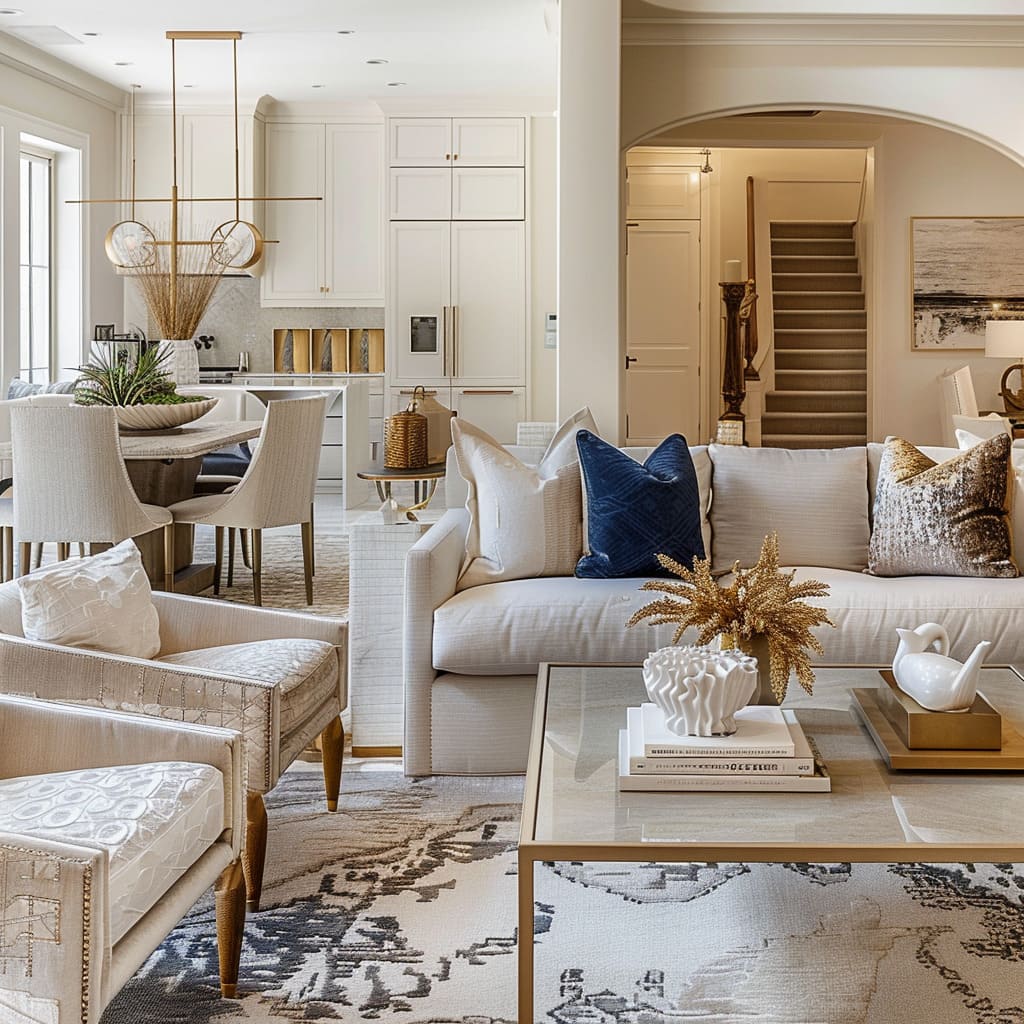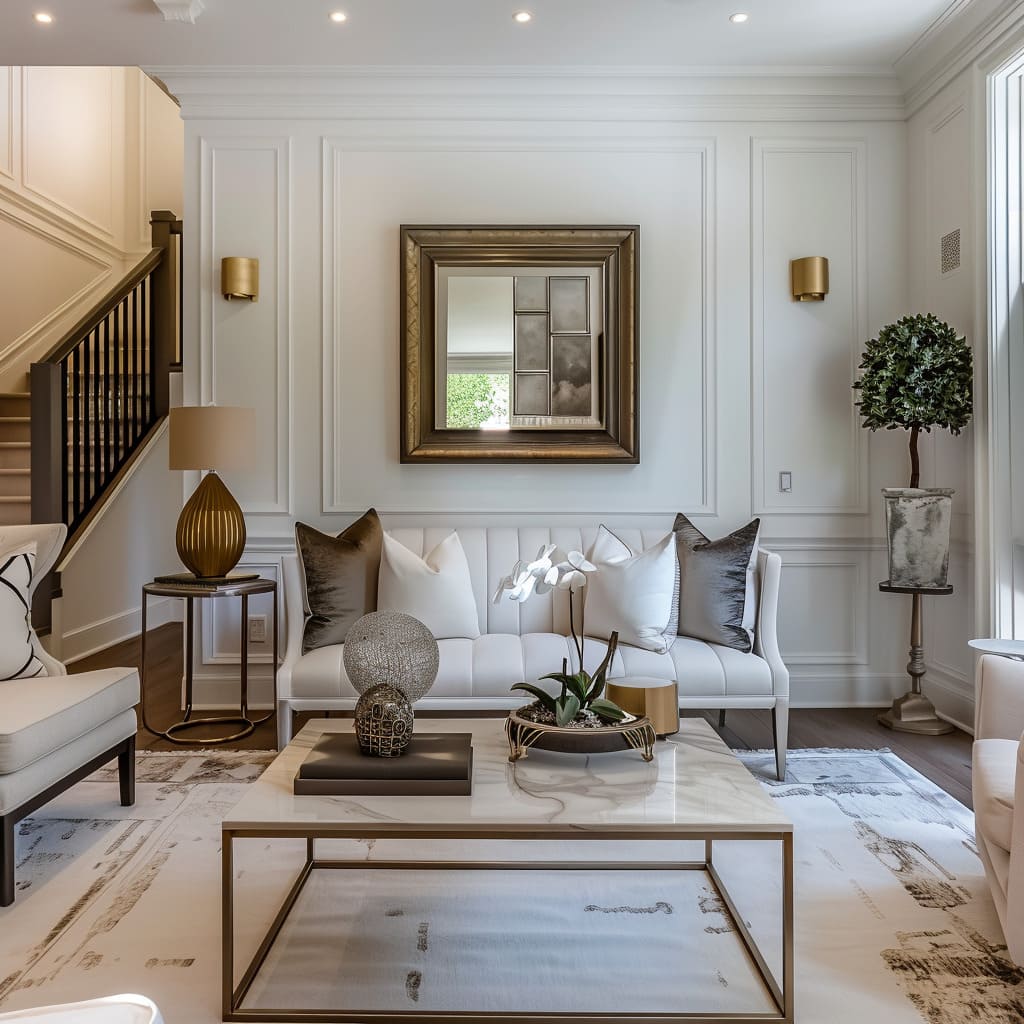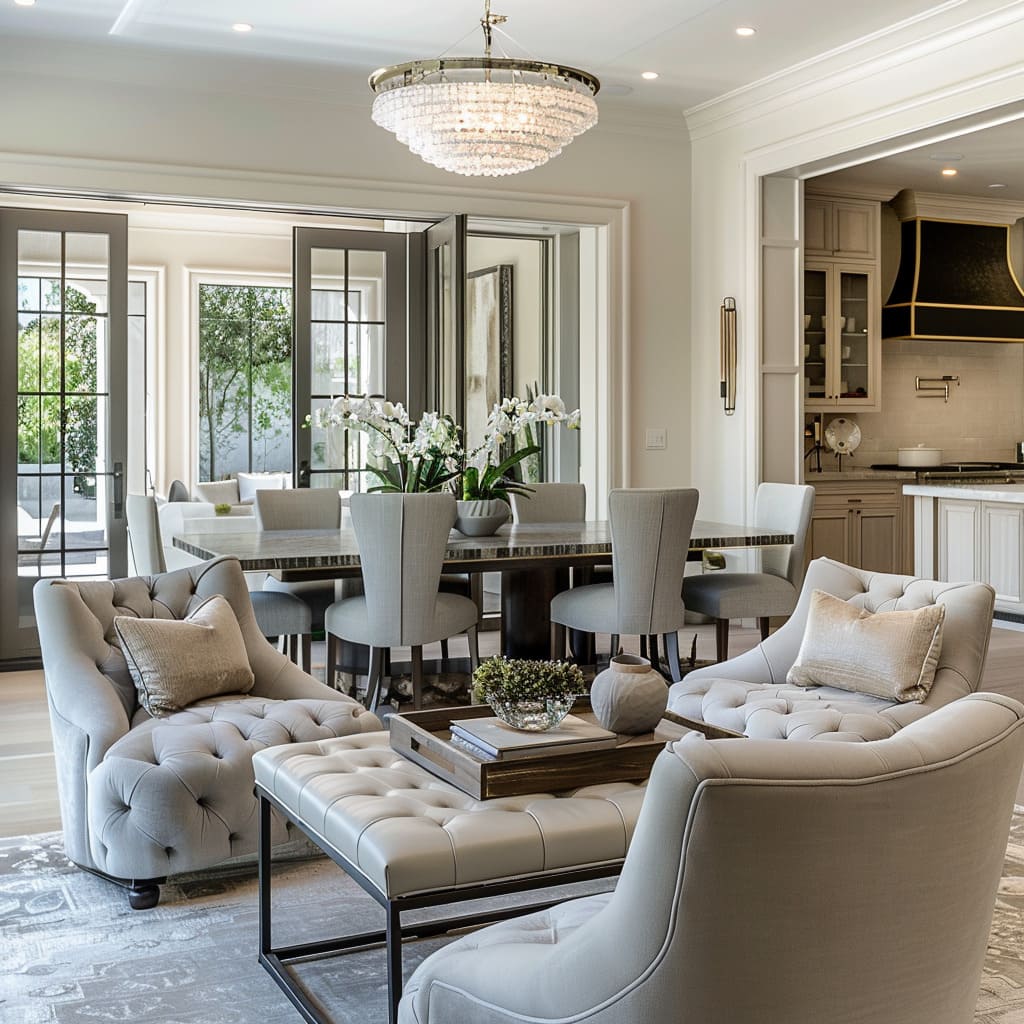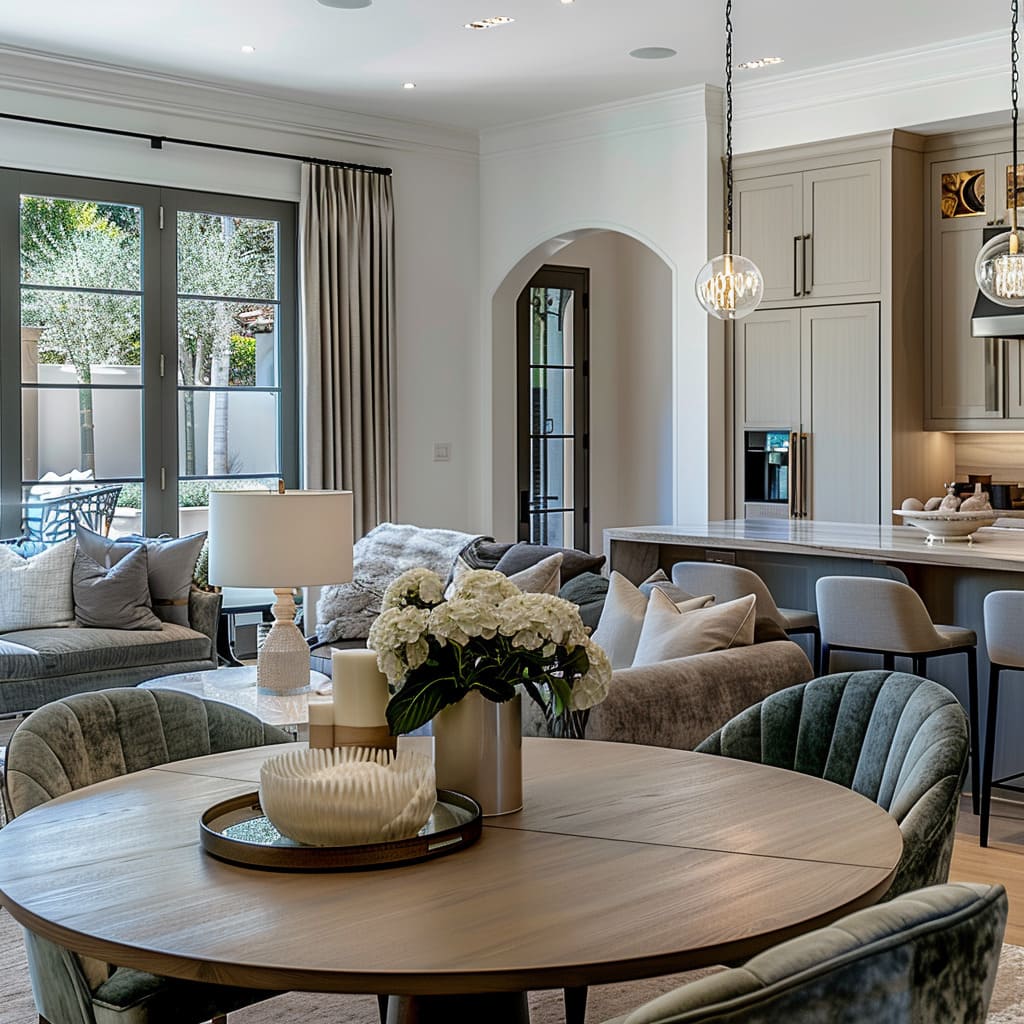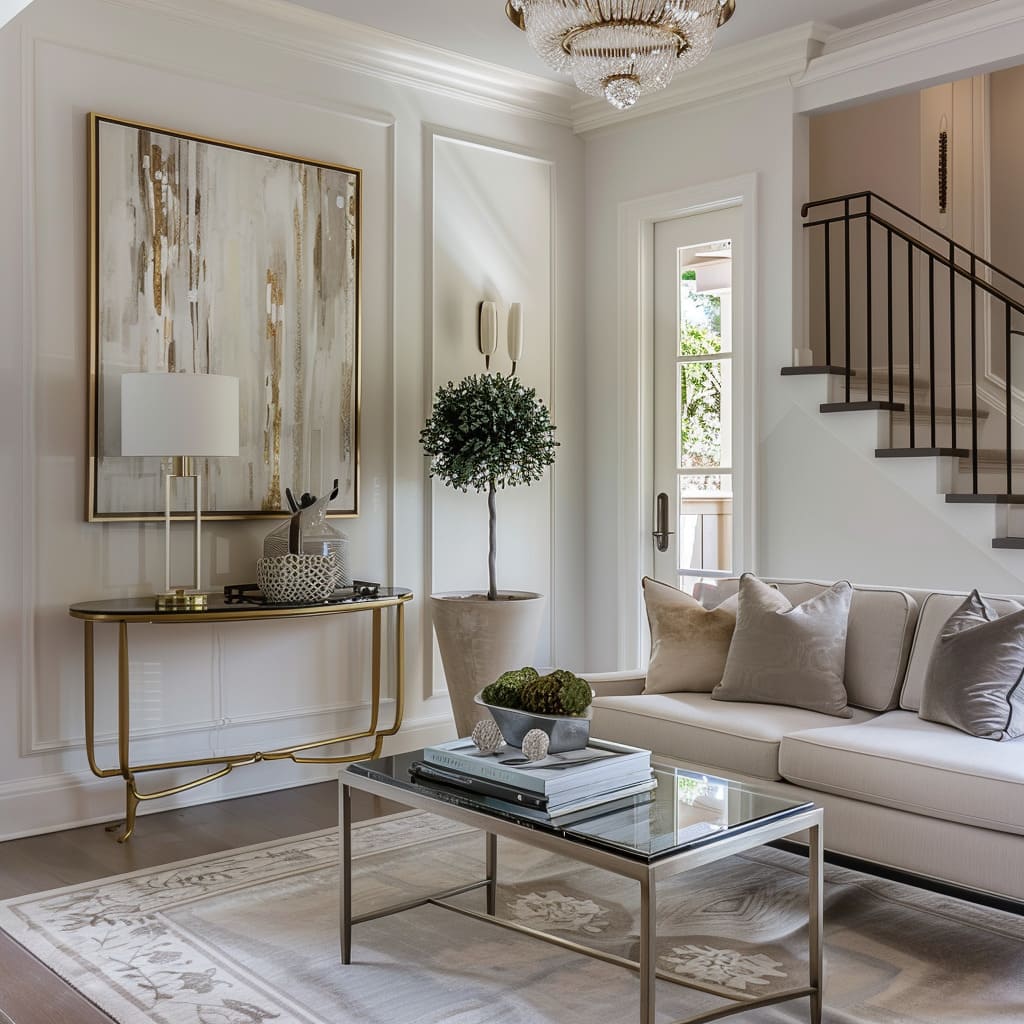The creation of a space that resonates with timeless elegance and nuanced detail is akin to the composition of a grand symphony. Each element, from the grandiose to the subtle, plays a critical role in shaping the experience of those who enter.
This article delves into the sophisticated artistry behind crafting such spaces—a meticulous process where every stroke of design, every choice of accessory, and every architectural decision is a note in a larger, harmonious melody. The journey through this symphony of space reveals the layers of craftsmanship, the nuances of design that imbue comfort and the delicate balance that cultivates an enduring ambiance of refined living.
The Art of Crafting and Composition
The meticulous nature of craftsmanship and the calculated precision of proportions hold significant sway. This section delves into the core of design philosophy that prioritizes the mastery of artisanal skill and the mathematical harmony of elegant proportions.
Each crafted element stands as a testament to the artistry involved, while the carefully chosen proportions of furniture and decor speak to an understanding of spatial dynamics that is both grandiose and intimately scaled.
Emphasis on Craftsmanship
Every element in the space appears to be carefully crafted, with attention to detail that suggests artisanal skill and quality workmanship.
Elegant Proportions
Each piece of furniture and decor is chosen for its proportion in relation to the space, creating an environment that feels both grand and intimate.
Deliberate Composition
The arrangement of furniture and decor is deliberate, creating focal points and facilitating movement without clutter.
Stylistic Unity with Diverse Pieces
The design demonstrates stylistic unity even when incorporating a range of diverse pieces, showing that variety does not have to mean disunity.
Timelessness and Comfort in Design
A testament to the enduring allure of timeless design coupled with the quest for visual and tactile comfort, this section explores how interior spaces can transcend the ephemeral trends and anchor themselves in the perennial. We examine how the elements within these spaces contribute to an overarching sense of permanence and comfort, ensuring that the aesthetic appeal and the ambiance are both restful and long-lasting.
In-Depth Reflection on Everlasting Design and Sensory Pleasure
Timelessness in design is often a quiet conversation between form and function, where each chosen element bears a classic silhouette that defies the whims of passing fashion. The architecture and interior details exhibit a disciplined restraint, eschewing the ornate in favor of the essential, but without ever crossing into the realm of the austere.
Instead, there is warmth in the simplicity, a subtle invitation that beckons one to linger and appreciate the serene beauty that comes from perfect proportions and an uncluttered aesthetic.
The quest for visual comfort manifests in a palette of soft tones, where walls and textiles echo a soothing spectrum of warm whites, soft grays, and muted beiges. The lighting is equally soft, diffusing a glow that seems to wrap the room in a gentle embrace.
It isn’t just about illuminating the space—it’s about enhancing the mood, creating a sanctuary where the stresses of the outside world are held at bay by the tranquil luminescence of carefully selected light fixtures.
The sensory journey continues with textures that speak to both the eye and the touch. Luxurious fabrics, smooth marbles, and soft carpets underfoot create a rich tapestry of surfaces that invite interaction.
Each texture is a note in a larger symphony, carefully composed to give a sense of depth and luxury without overwhelming the senses. It is in this subtlety that the design finds its strength, in an interplay of materials that feels as good as it looks.
The harmony of textures provides not only comfort but a visual interest that enriches the experience of the space. The weave of a throw pillow, the grain of a wooden table, the plush of an upholstered seat—each contributes to an atmosphere that is tactilely diverse yet visually unified.
This careful orchestration of textures ensures that the environment is engaging, invoking a desire to reach out and touch, to truly inhabit the space.
And amidst this tactile diversity, there’s a consistent thread of sophistication. The materials are chosen not just for their feel but for their ability to stand the test of time.
They possess a quality that suggests they will age gracefully, acquiring a patina that tells the story of their use. This is the true essence of a timeless design: the creation of a space that will continue to evoke comfort and beauty for years to come, becoming more cherished as time passes.
The Subtleties of Color, Pattern, and Space
The interplay of color, pattern, and the utilization of space forms an intricate tapestry that defines the character of an interior. This section illuminates the subtle, yet powerful impact of refined color accents, the understated elegance of patterns, and the strategic use of space.
It showcases how these aspects are blended to create environments that are both energizing and tranquil, embodying a sense of ordered calm and spatial integrity.
Expanded Discussion on the Nuanced Use of Design Elements
The language of color in these interiors is spoken with a diplomat’s grace—thoughtful, intentional, and nuanced.
The neutral backdrop serves as a canvas for splashes of color that act as whispers rather than shouts. These refined color accents—perhaps a dusky blue vase, a strategically placed throw, or a single cushion in a muted coral—become the subtle yet effective punctuation marks within a serene narrative.
They are the details that give life to the room, bringing in warmth and personality without disturbing the tranquil harmony that reigns.
Patterns play a supporting role in this design story, existing not to dominate but to complement. They appear in the soft geometries of a rug or the faint damask of a curtain, providing a depth of field and a sense of sophistication that anchors the room.
These patterns are the quiet constants amidst the changeable furnishings, imparting a sense of continuity and order that calms the mind and pleases the eye. Space is the invisible yet palpable character in these interiors, its presence felt in the room’s generous dimensions and the ease with which one can navigate the environment.
Furniture is arranged not only to delight the eye but also to allow for unencumbered movement. Each piece is allocated its rightful place, neither encroaching on its neighbor nor withdrawing into the shadows.
This optimal use of space ensures that the interiors feel expansive and breathable, where air and energy circulate freely.
In every corner, there is an acknowledgement of the room’s geometry, with furnishings carefully chosen to echo and respect the room’s boundaries. A round table softens the rigidity of a square room; a long, plush sofa parallels the straight lines of a rectangular space, these choices are deliberate, creating a visual correspondence that feels both organic and orchestrated.
Lastly, the interaction of space, color, and pattern reaches its zenith in the dance of light and shadow. Natural light filters through the room, playing over surfaces and textures, shifting the mood throughout the day.
It is in this ever-changing light that the subtleties of color and pattern are fully realized, and the careful orchestration of space truly comes to life, creating an environment that is as dynamic as it is peaceful.
Dynamic Asymmetry and Architectural Harmony
Dynamic asymmetry and the accentuation of architectural features present a bold counterpoint to the conventional emphasis on balance and symmetry. In this section, we will explore how purposeful asymmetry introduces visual intrigue and how the innate architectural elements are celebrated, allowing the bones of the building to become integral to the aesthetic dialogue of the space.
A Closer Look at Intentional Imbalance and Structural Emphasis
Purposeful asymmetry offers a dynamic counterpoint to the human inclination towards balance, providing a fresh perspective that captures attention and ignites curiosity. In carefully considered design, asymmetry is not a haphazard decision but a calculated move to bring energy and movement into a space.
It breaks the monotony, urging the eye to move and explore, to find the rhythm in the irregular and the beauty in the unexpected. The placement of furnishings and art in these spaces may defy conventional symmetry, yet they are orchestrated to maintain visual equilibrium.
This intentional imbalance allows for unique compositions that tell a story, that lead the observer from one design element to another with purpose and intention. A single, bold artwork might anchor a wall, its solitary statement balancing a cluster of furnishings opposite it, creating a dialogue between weight and lightness, presence and absence.
It’s a thoughtful play of scale and positioning that turns every room into a living canvas where each element plays a specific role. Accentuating architectural features becomes an act of celebration of the bones of the building, where the inherent beauty of structure and form is brought to the forefront.
Be it through highlighting an elegantly curved staircase, the grandeur of high ceilings, or the charm of bay windows, the design leverages these features, integrating them into the overall narrative of the space. The natural character and contours of the architecture guide the design choices, ensuring that the interior complements rather than competes with the structure.
Through the use of architectural harmony, there is an acknowledgment that the space is not just a backdrop but a participant in the design. The interplay of shadow and light across a textured wall, the way a beam intersects with a skylight, the continuity of a sightline through open doorways—each of these architectural dialogues contributes to a sense of cohesion and intentionality.
The architecture not only supports but enhances the design, its features becoming focal points that draw in the gaze and anchor the aesthetic. In these environments, the meticulous attention to detail extends beyond the furnishings to the very walls that contain them.
Moldings are not mere trim but are sculpted contours that frame rooms, creating depth and layers that add complexity to simple spaces. Niches and built-ins are designed as integral components of the walls, providing display spaces for art or clever storage solutions.
Even functional elements like radiators are treated as opportunities for design, housed in custom covers that turn necessity into ornament.
Cohesion and Narration through Details
Consistency in style and the controlled use of accessories form the narrative backbone of a well-considered interior. This section contemplates the essence of maintaining a cohesive theme that threads through the entire space, and the articulate deployment of accessories that serve not just as embellishments but as components of the space’s story, contributing to the overall narrative without overwhelming the senses.
Delving Deeper into the Unifying Elements of Design and Detailing
The essence of cohesion in design is like a well-conducted symphony—each element contributes to a singular, harmonious experience. This principle of consistency is evident in the steadfast adherence to a chosen style that acts as a golden thread throughout the space.
The uniformity is not about monotony but rather about creating a rhythm and flow that guides the eye effortlessly from room to room. Furnishings, finishes, and fixtures all echo a common design language, whether it’s the curve of a chair’s leg, the trim of a cabinet, or the handle of a door, all contribute to a continuous narrative that is comforting in its predictability and elegance.
In this narrative, accessories play a key role—not as mere afterthoughts but as deliberate accents that enhance rather than clutter. Each vase, book, and ornament is curated with intention, carefully chosen for its ability to complement and complete the room without overwhelming it.
These pieces are like the final brushstrokes on a canvas, the elements that turn a space from a house into a home, from an area of utility into one of beauty and personality. The consistency in style is further refined by the interplay of materials and finishes that are revisited throughout the space.
The sheen of polished metal, the texture of woven fabric, and the smoothness of stone are all repeated with subtle variations, creating a sense of unity that is tactile as well as visual. It’s a reminder that design is not just seen but also felt, and that continuity of touch is as important as continuity of sight.
Accessories also serve a storytelling purpose, reflecting the lives and tastes of those who inhabit the space. A collection of photographs here, a stack of well-loved books there—each is a chapter in the story of the home, personal touches that invite conversation and reflection.
These are the details that offer glimpses into the soul of the dwelling, the narrative threads that weave together to tell a greater story.
Moreover, the controlled use of accessories ensures that each piece is given its moment to shine. Rather than a cacophony of items vying for attention, there’s a curated gallery where the beauty of each individual piece is given space to be appreciated.
This approach to accessorizing respects the principle of ‘less is more,’ understanding that a few well-chosen items can speak louder than an abundance of undistinguished objects. Ultimately, it is the careful curation of these details that culminates in a space that feels both thoughtfully composed and effortlessly graceful.
Through consistency and control, these interiors speak a language of understated luxury, a testament to the power of detail in crafting a cohesive and compelling narrative within the home.
As the final note of this symphonic exploration of design draws to a close, we reflect on the essence of a space that stands the test of time—where the precision of craftsmanship, the serenity of balanced asymmetry, and the narrative power of well-chosen details come together to create more than just aesthetically pleasing rooms. They forge an atmosphere that encapsulates a lifestyle, an ethos of living where beauty is found in the subtleties, and luxury is whispered in the consistent language of design.
It is through the meticulous orchestration of these elements that such interiors achieve a sense of tranquility and timeless appeal, inviting one to linger within their walls and to find comfort amidst their curated elegance. The power of these spaces lies in their ability to continue telling their story long after the initial glance, revealing their depth and character with each return, much like a cherished melody that resonates long after the music has stopped.


